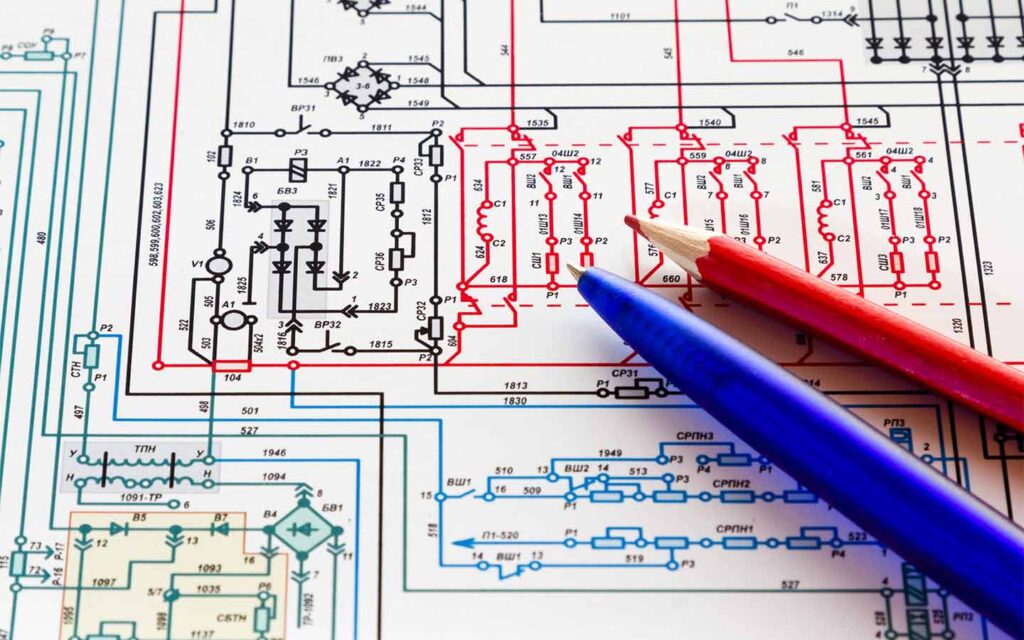Creating professional schematics and layouts is a crucial skill for any aspiring engineer. These designs form the foundation of electronic circuits and systems, and mastering this skill is essential for success in the engineering profession. By using tools such as PCB tools for students and engineering design software, students can develop the expertise needed to create high-quality schematics and layouts.
One of the key steps in creating professional schematics and layouts is understanding the design process. This involves several stages, from initial concept and schematic capture to PCB layout and manufacturing. By using EDA tools for classrooms, students can gain hands-on experience in each of these stages, developing a comprehensive understanding of the design process. Additionally, many of these tools include simulation capabilities, allowing students to test their designs virtually before moving on to physical prototyping.
Another important aspect of creating professional schematics and layouts is attention to detail. Precision and accuracy are crucial in circuit design, and even small errors can have significant consequences. By using tools for electronics labs, students can develop the skills needed to create precise and accurate designs. These tools often include features such as design rule checking and automated routing, which can help students identify and correct errors in their designs.
Moreover, creating professional schematics and layouts often involves collaboration and teamwork. Many engineering projects require a team effort, and tools such as KiCad for education support collaborative design and version control. This allows students to work together on projects, share their designs, and provide feedback to one another. By developing these collaborative skills, students can better prepare themselves for the challenges of the engineering profession.

